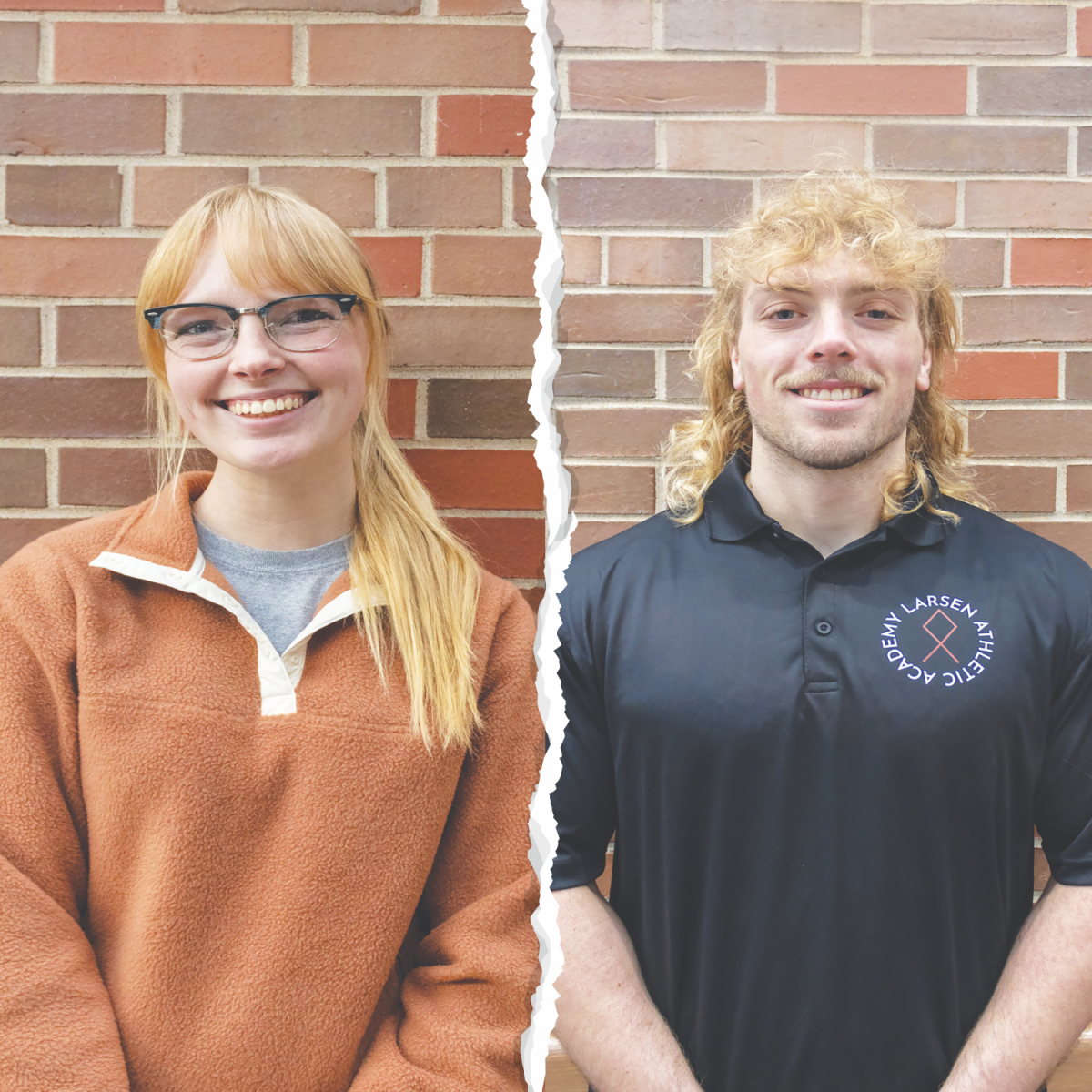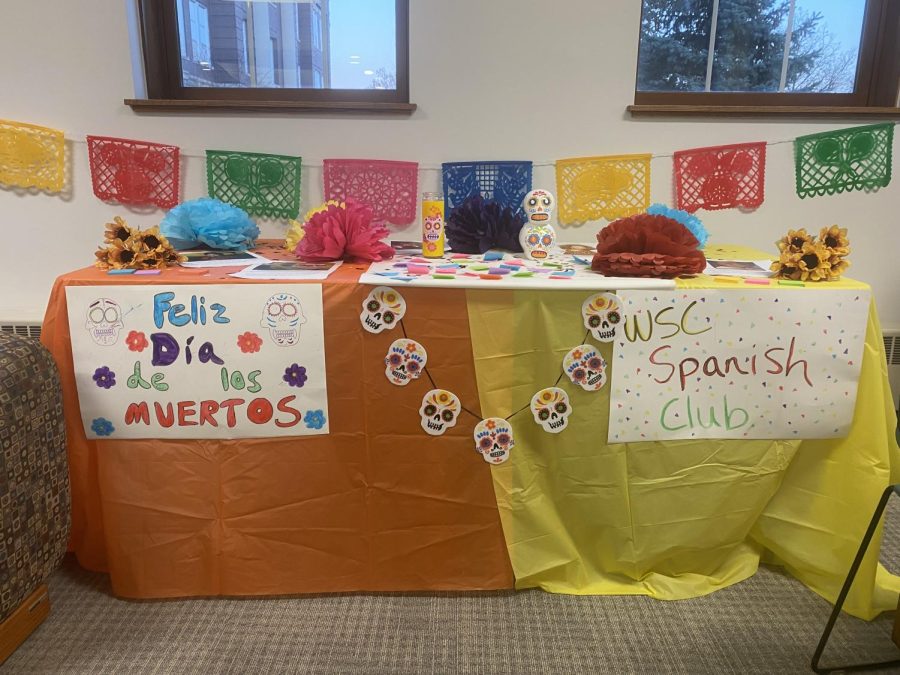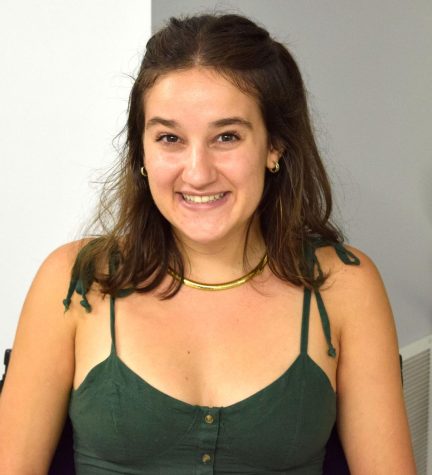“Dia de los Muertos, A Feast for Life”
November 2, 2022
The community of Wayne State College will have the opportunity to appreciate the relevance of Día de los Muertos (Day of the Dead) for the traditional Central American cultures through activities designed by the Spanish Club.
Considered one of the most representative holidays of Mexican culture, El Día de los Muertos is celebrated every year between Nov. 1-2. The festivity is a deeply rooted custom in tradition and allows the living to honor their loved ones who died.
“Día de los Muertos shows us how to remember the ones we lost and honor them in doing so,” Ruth Yuman, president of the WSC Spanish Club, said. “In the Hispanic culture, family is the most dominant part of our lives. So, in order to remember our lost loved ones, we do it by celebrating their spirits or souls here on Earth. It is different from other cultures around the world because instead of mourning, we celebrate them in the afterlife with joy and colors.”
Like many ancestral Hispanic traditions whose lost origins lie in the pre-Columbian past, this holiday has the primary purpose of keeping the memory of the dead alive. However, it is not a dark or sad festivity like some could believe but the opposite. This day is a celebration of life.
“Día de los Muertos is very important to Hispanic and Central American Countries because it’s a way to keep their traditions running in their hearts,” Maira Ahilon-Calmo, the social media manager in the Spanish Club, said.
Although historically this celebration merged with European festivities and more and more is observed a greater influence of the North American Halloween festivities, Central American tradition prevails. This festivity maintains its own Mexican imprint and can even be expressed with very particular variants in other Central American countries such as Guatemala.
“A couple years back I thought that my family celebrated Día de los Muertos, which they do, but in our Guatemalan Culture it is called, ‘El Día de los Santos’ which is done a little different,” Ahilon-Calmo said. “It consists of doing activities that our ancestors did, even if it means danger. I think it is important to know that everyone celebrates something different, but it is to keep something in there and their village’s hearts. The relevance this has is that it is one of the traditions that is very important to many Hispanic cultures, and therefore it should be respected even if others don’t celebrate it. Students at WSC can see what this day means other than just Halloween, which gives them the knowledge to know more about a Hispanic and Central American Culture.”
The Spanish Club in WSC designed a set of activities to commemorate this celebration and thus show its meaning often misunderstood by people of other cultures.
“For Día de los Muertos we plan on having a get together with the members and watch the movie called ‘The Book of Life’ which demonstrates how it is celebrated in Mexico and how loved ones are honored,” Yuman said. “Then from Nov. 1-4 we will have an ofrenda or an altar that will be shown in the Humanities Lounge where the students can bring a written name or picture of a lost loved one. This tradition is mostly used in Mexico where they decorate an altar with beautiful bright colors and people in the community would bring pictures of their loved ones to honor their deaths.”
The expectations of the Spanish Club will focus on the active participation of all in each activity proposed for the occasion. The idea is the public is a conscious part of the commemoration by making their own offerings and comments.
“The activities planned at WSC by the Spanish club are that the members will make an altar so that the rest of the public could see what an altar looks like, and they can learn about this tradition that many celebrate,” Ahilon-Calmo said. “I think that the altar is a great showcase at WSC.”
At the end of the day, the most important thing is that all cultures know and respect each other. The veneration professed by the Hispanic peoples of Central America for their dead is nothing more than a way of making us remember the constant presence of death and with it that we learn to value much more the meaning of our lives.








